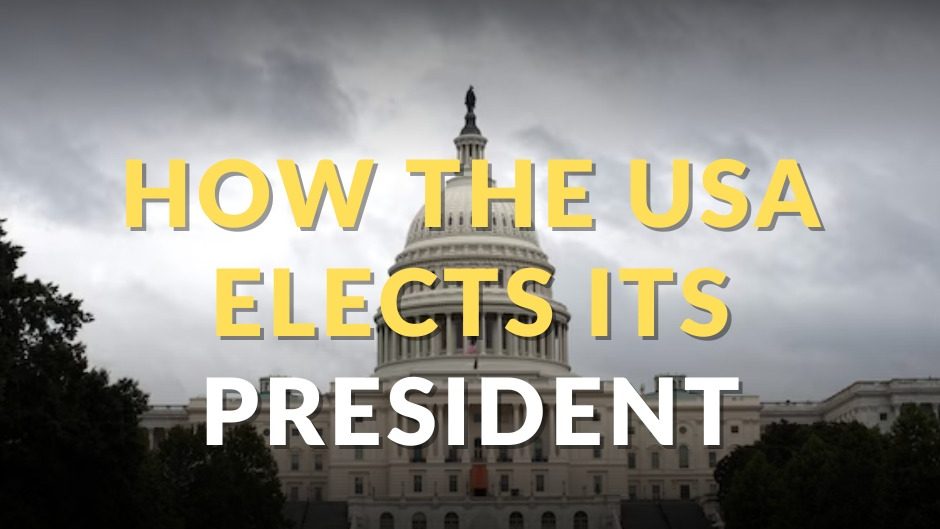

Introduction
The Electoral College is a cornerstone of the American political system, uniquely designed to elect the President and Vice President of the United States. This elaborate process, enshrined in the Constitution, involves multiple steps and layers, balancing the influence of populous and less populous states. Here, we delve into the intricate details of how the Electoral College functions.
Overview of the Electoral College system
The Electoral College is a body of 538 electors, with a majority of 270 electoral votes required to win the presidency. These electors represent the collective choice of each state and the District of Columbia, reflecting the will of the people through an indirect voting system.
Allocation of Electors
Every state is allocated a number of electors equal to the total number of its Senators and Representatives in Congress. For instance, a state like California, with 55 electoral votes, has two Senators and 53 Representatives, while smaller states like Vermont and Wyoming each have three electors, corresponding to their smaller populations. The District of Columbia, despite not having Congressional representation, has three electors as granted by the 23rd Amendment.
Selection of Electors
Electors are typically selected by political parties in each state during their state party conventions or through a central committee vote. These individuals are often party loyalists who pledge to support the party’s candidate.
Voting process
The process of electing the President of the United States through the Electoral College is unique and has been a fundamental aspect of American democracy since the Constitution was drafted. This intricate system balances the influence of both populous and less populous states, ensuring a federal approach to presidential elections. Let's delve into the details of how this system works.
The Electoral College System: An overview
The Electoral College is an assembly of 538 electors, established by the United States Constitution, which convenes every four years to elect the President and Vice President. A majority of 270 electoral votes is required to secure the presidency.
Allocation of Electors
Each state is allocated a number of elector’s equivalent to its total number of Senators and Representatives in Congress. For instance, a state with two Senators and five Representatives would have seven electoral votes. The District of Columbia is also allocated three electors, as granted by the 23rd Amendment.
Selection of Electors
Political parties in each state typically select their slate of electors during state party conventions or through a vote by the party’s central committee. These electors are usually party loyalists who pledge to support the party’s candidate.
Voting
General Election: On Election Day, voters in each state cast their ballots for the presidential candidate of their choice, but in reality, they are voting for a slate of electors pledged to that candidate.
State-by-State Results: The candidate who wins the majority of the popular vote in a state usually receives all of that state’s electoral votes (except in Maine and Nebraska, which use a proportional method).
Meeting of electors: In December, the electors meet in their respective state capitals to cast their votes for President and Vice President. These votes are then sent to the President of the Senate (the Vice President of the United States) and the National Archives.
Counting of votes: The votes are counted during a joint session of Congress in January. The candidate who receives a majority of the electoral votes (270 or more) is declared the winner.
Contingencies and Faithless Electors
If no candidate secures a majority of the electoral votes, the election is decided by the House of Representatives, with each state delegation having one vote. The Senate selects the Vice President, with each senator having one vote.
"Faithless electors" are those who do not vote for the candidate they pledged to support. Some states have laws to punish faithless electors, and the U.S. Supreme Court ruled in 2020 that states can enforce an elector’s pledge to support the state’s popular vote winner.
The Electoral College system has faced criticism for its potential to produce a winner who did not win the popular vote, as occurred in the 2000 and 2016 elections. Some proposed reforms include abolishing the Electoral College in favor of a direct popular vote, or implementing a proportional allocation of electors in all states.
The Electoral College is a unique and complex system that plays a crucial role in the U.S. presidential election process. While it has its critics, it remains a fundamental part of the American electoral system.
DISCLAIMER: This brief is based on information from publicly available sources and reflects the author's interpretation of the topic and do not reflect Prameya's or Prameya News7 editorial stance.